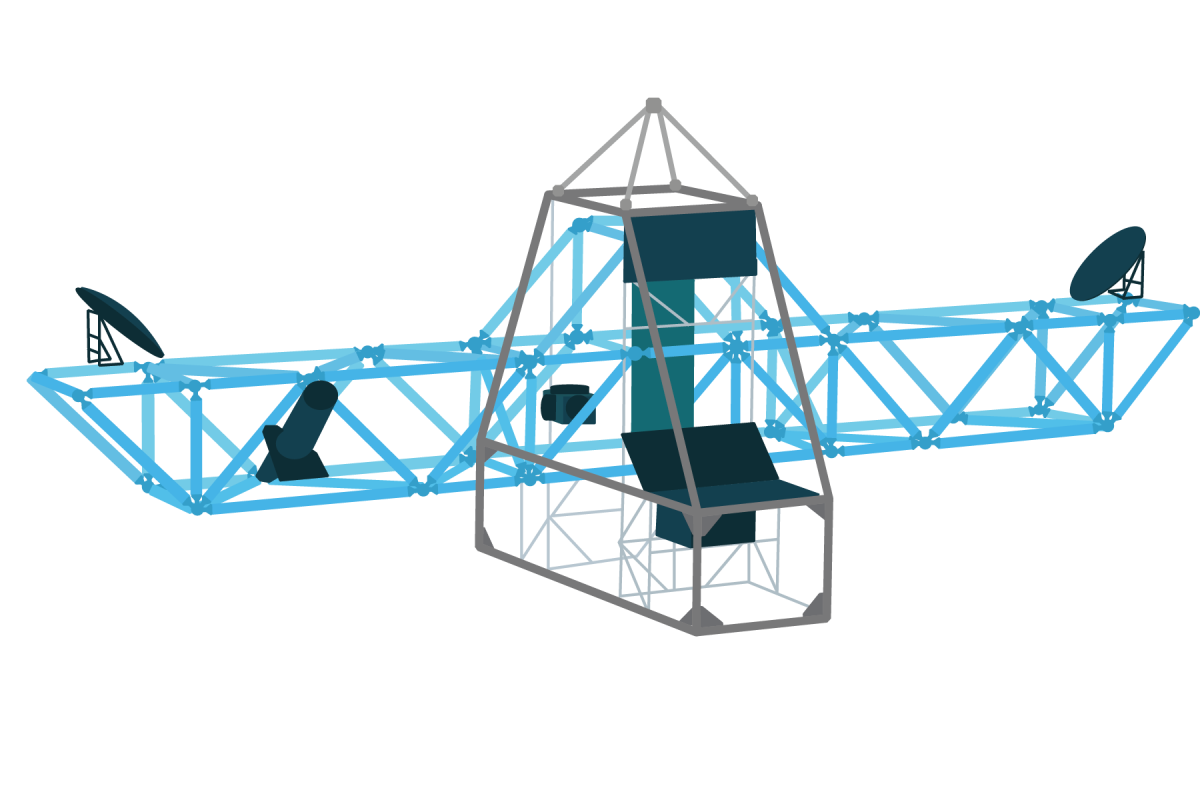NC State’s Precision Engineering Consortium has partnered with NASA’s Goddard Space Flight Center to design and build telescopes that will help scientists study the formation of stars.
Scientists at NASA Goddard presented PEC researchers with a new project in December of 2014: fabricating the optics for its Balloon Experimental Twin Telescope for Infrared Interferometer. In late summer, the BETTII will ascend 26 miles above Earth’s surface and observe stellar nurseries that are 2,500 lightyears away.
“This project came as a result of someone at NASA Goddard remembering our group and saying they should contact the PEC for this job,” said Steven Furst, a mechanical engineering professor working on this project.
NASA’s BETTII measures far-infrared light to give insight into “star formation, galaxy evolution and the formation of planetary systems around other stars,” according to its website. To achieve this feat, the telescope needs optic devices — which is where NC State’s PEC comes in.
An optical system measures a star’s position and spectrum by analyzing captured infrared light, using this data to create clear images. With this technology, the BETTII can discriminate between single and multiple stars that were once hidden by dust clouds.
The PEC was originally requested to manufacture the optics, but after close examination, Furst and Thomas Dow, director of the PEC, determined the optics for the BETTII needed to be redesigned. The new optics had to be both lightweight and temperature tolerant to adjust to rapid temperature changes in space.
“The most exciting part was having the initial problem posed to us and then realizing we were able to make a dramatic improvement in design right away,” Furst said.
After finalizing a design that NASA approved, Kenneth Garrard, a PEC research scholar and computer scientist, developed the program that would control the machinery of the optic system.
A lathe with a fast-tool servo and a single crystal-diamond cutter created the optics, which includes eight mirrors of non-symmetrical shapes. Garrard’s computer controls kept the machine within 100 nanometers of its target position.
“One of the challenges was interfacing the tool servo with the rest of the machine,” Garrard said. “We had to rebuild the control system and get things synchronized.”
The PEC recently delivered the optics to NASA, where they will be incorporated into the rest of the telescope. The NASA telescope is scheduled to go up by balloon during the late summer from a launch pad in west Texas.
Dow said NASA is hoping these observations can lead to a better understanding of the process by which stars form.
“With this infrared telescope they can look and see the dust clouds that will eventually become a star,” Dow said. “The region they will look at, the light is 2,500 years old, what they see today could already be a star, but we won’t see that for 2,500 years.”








